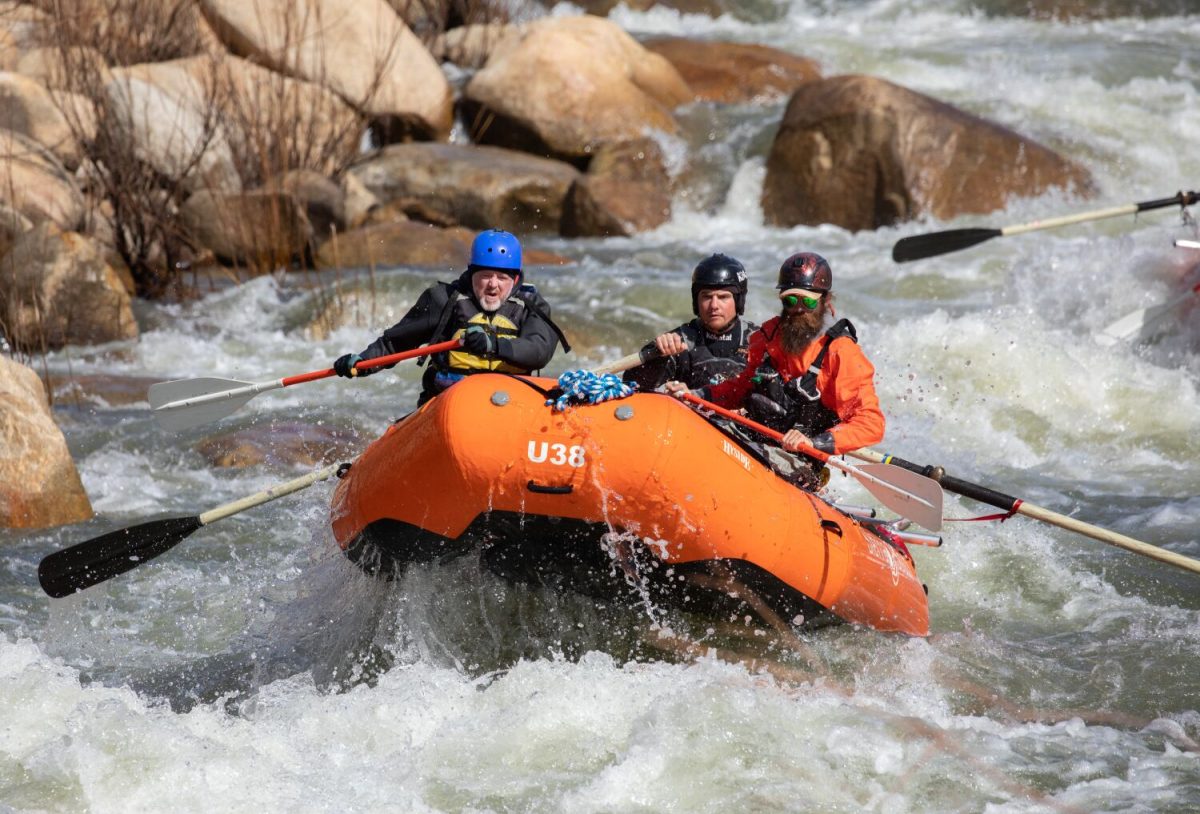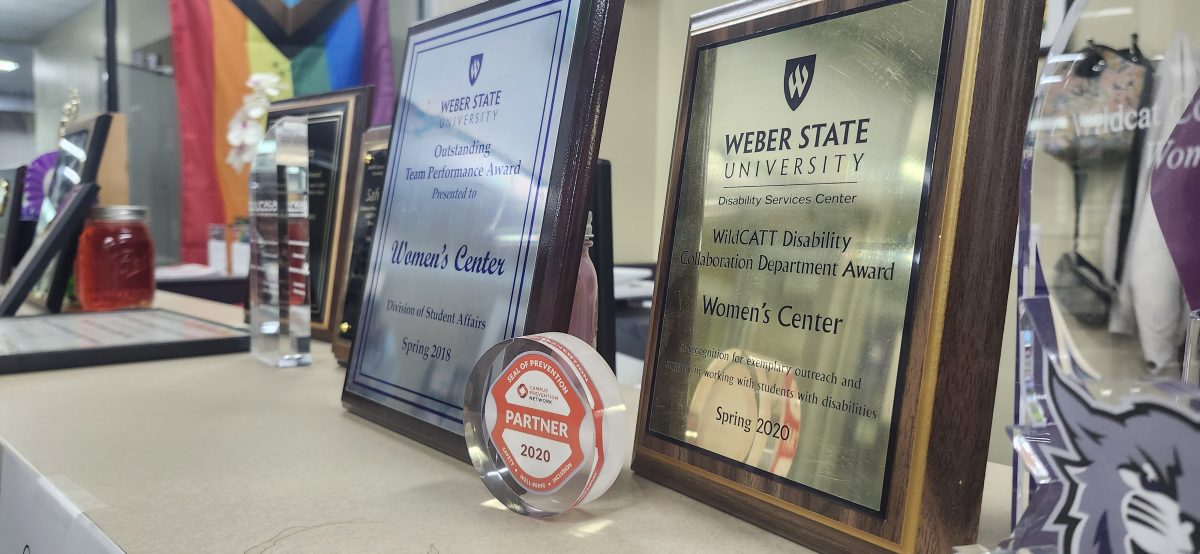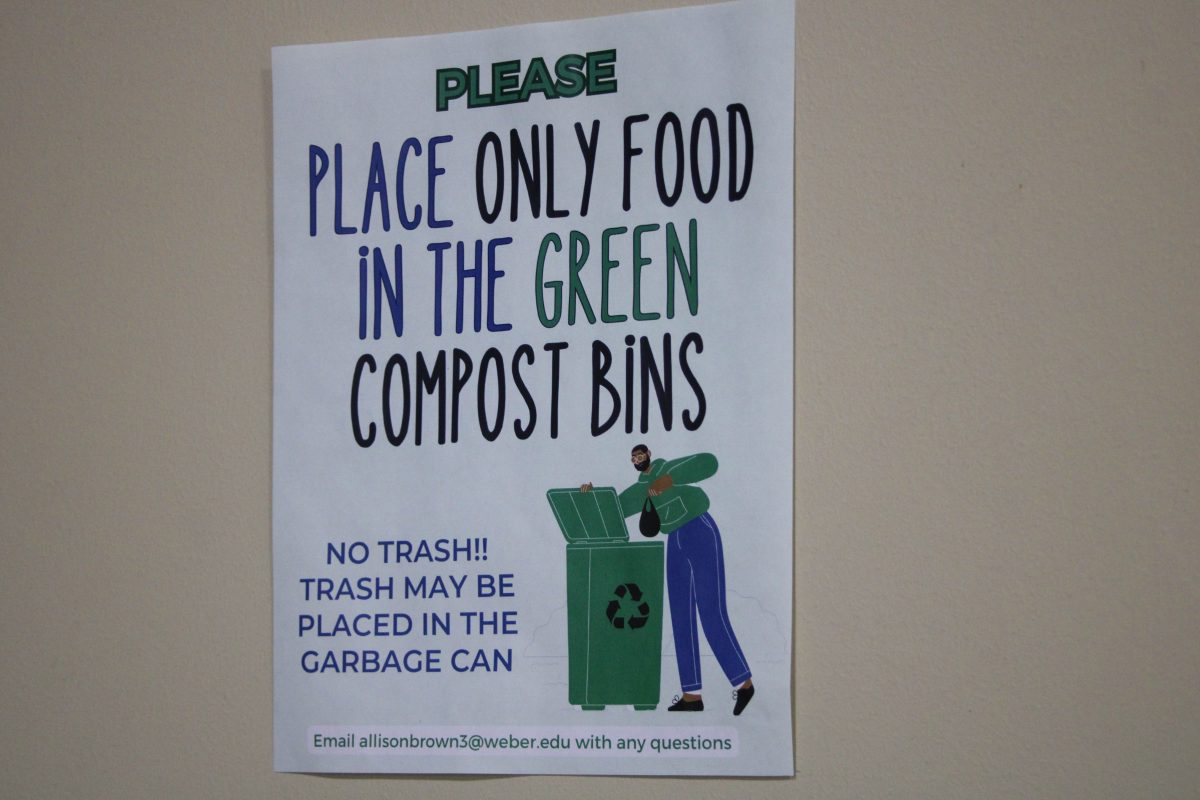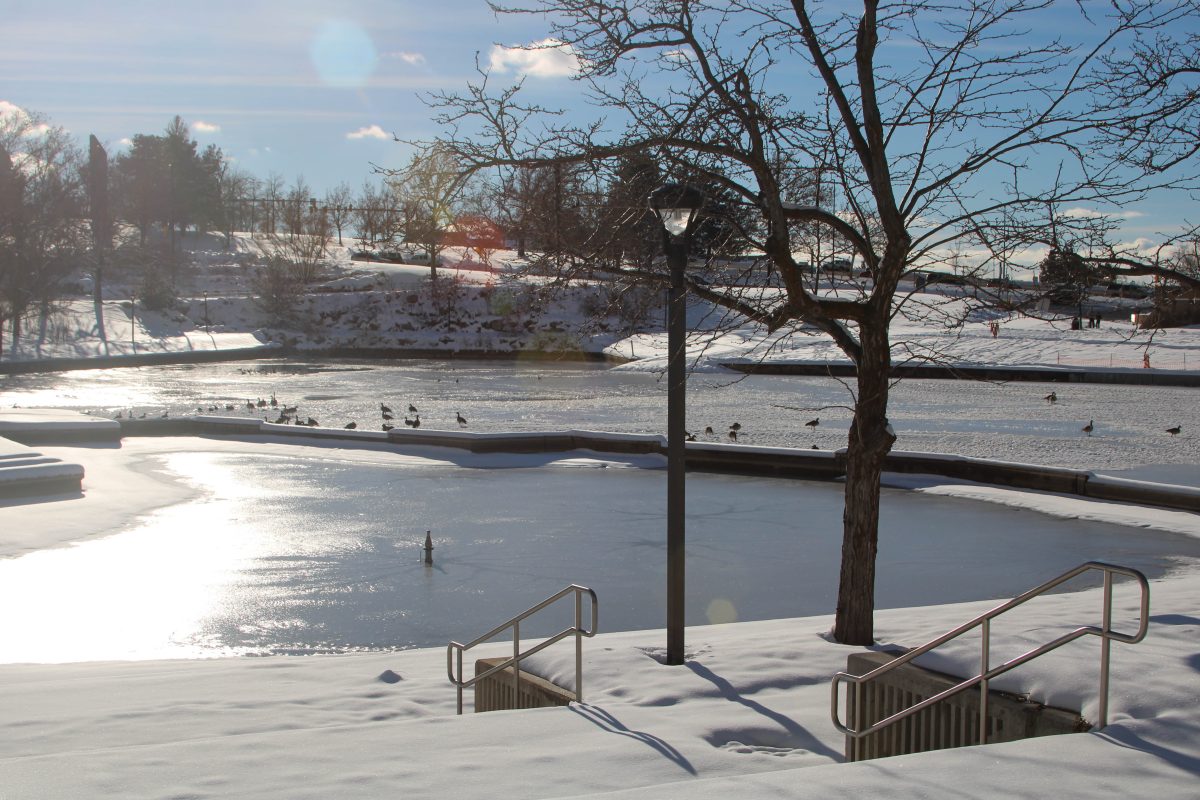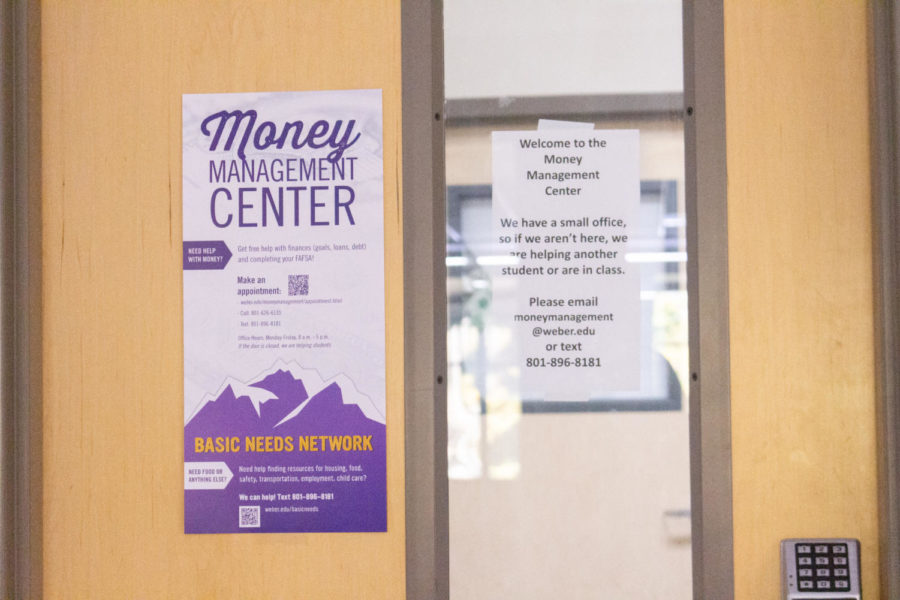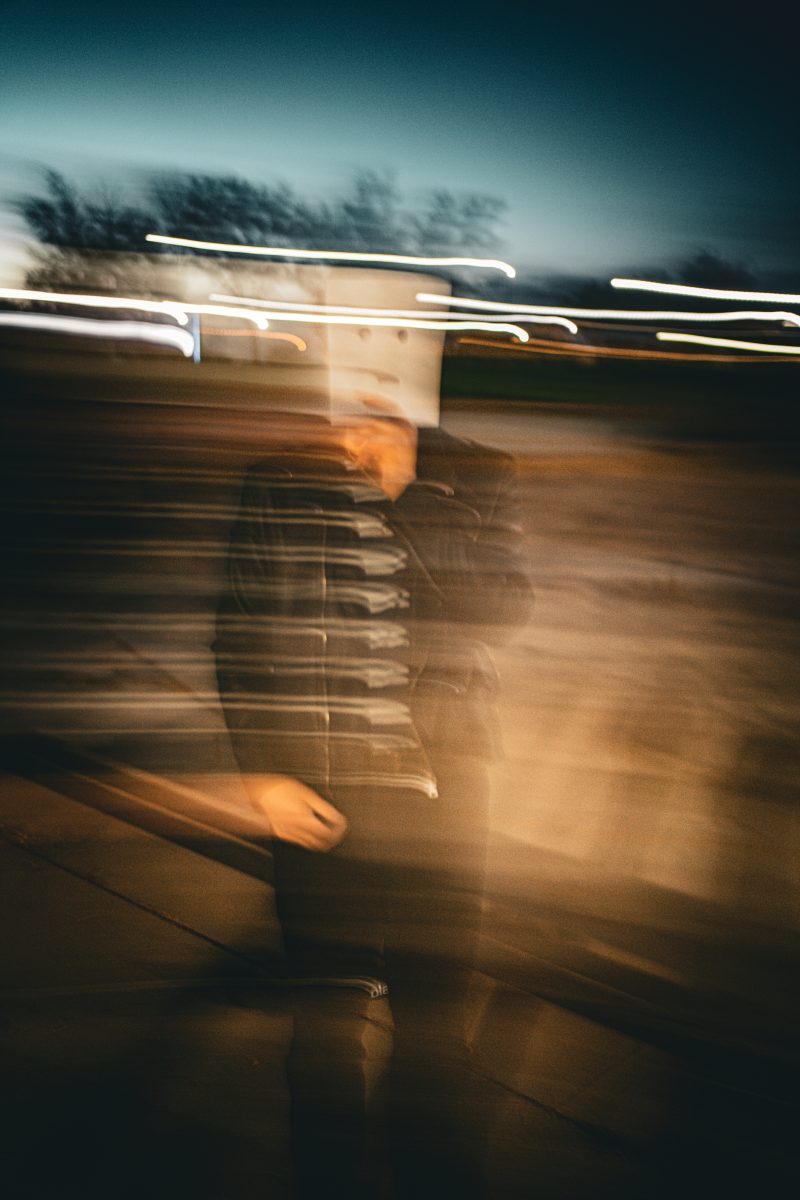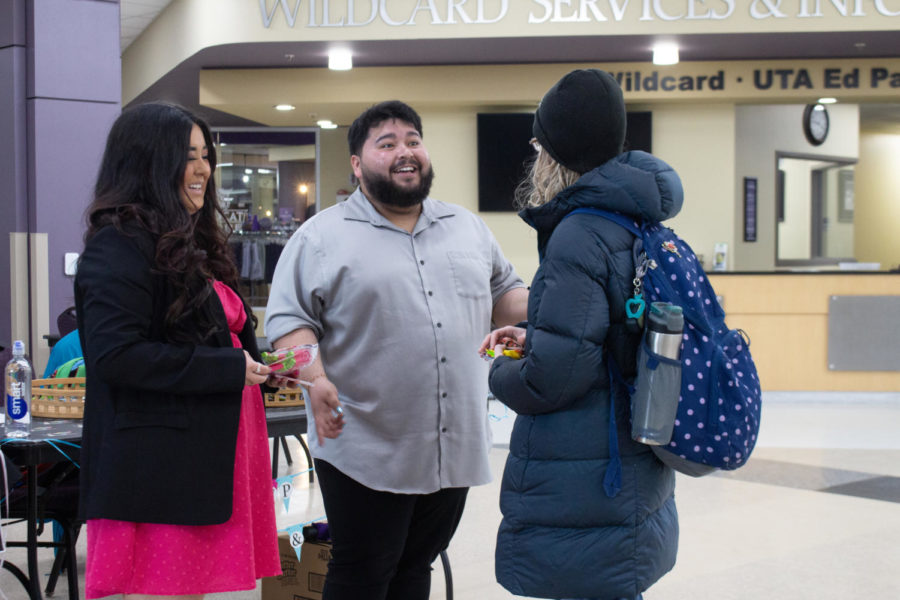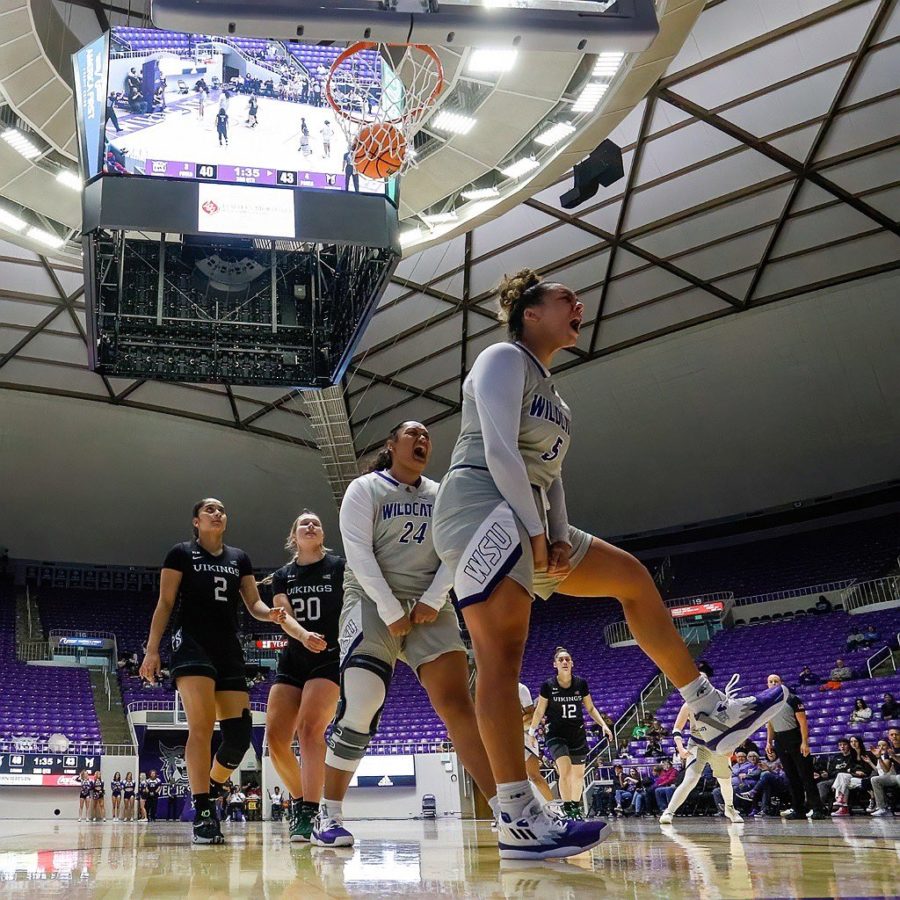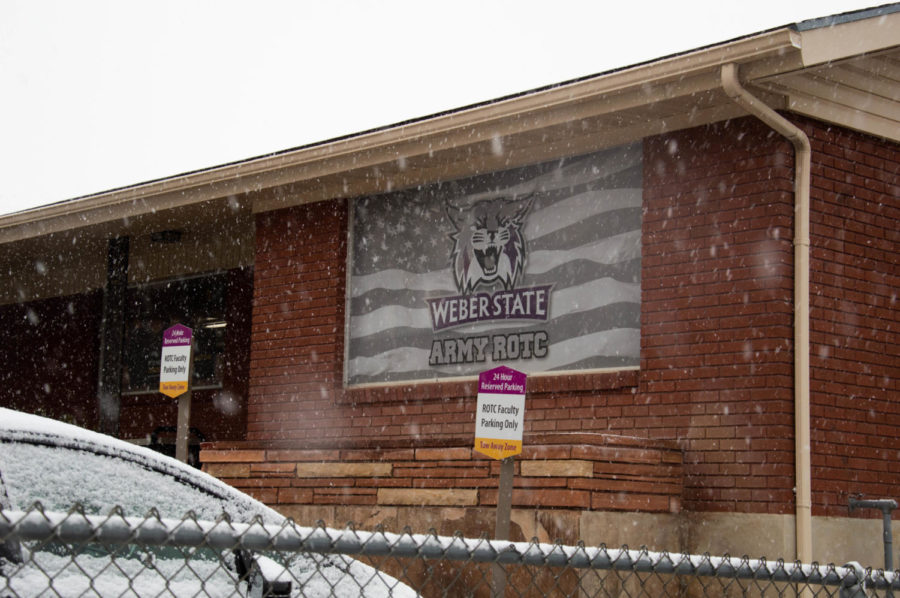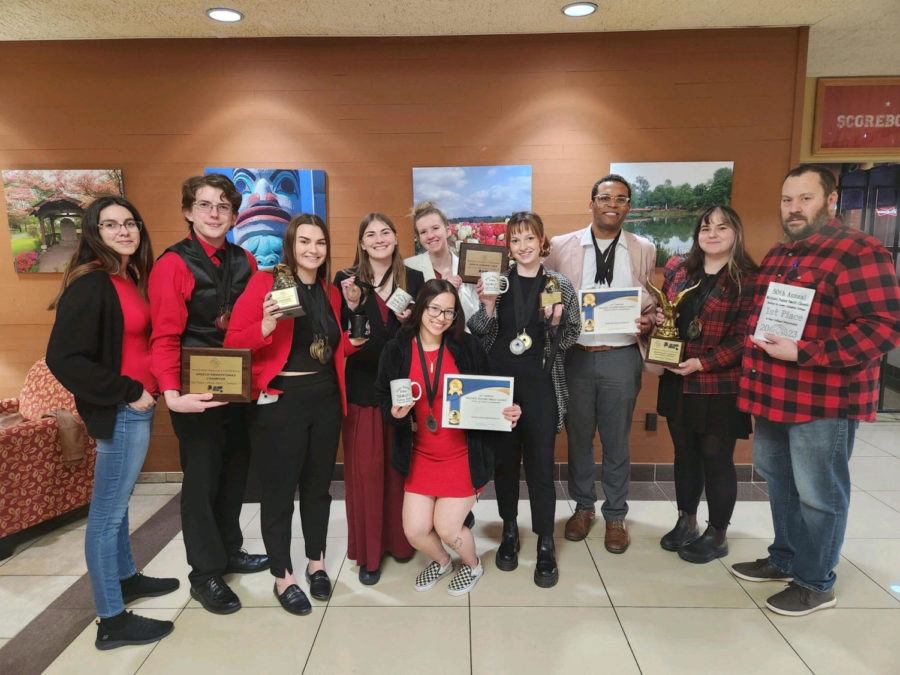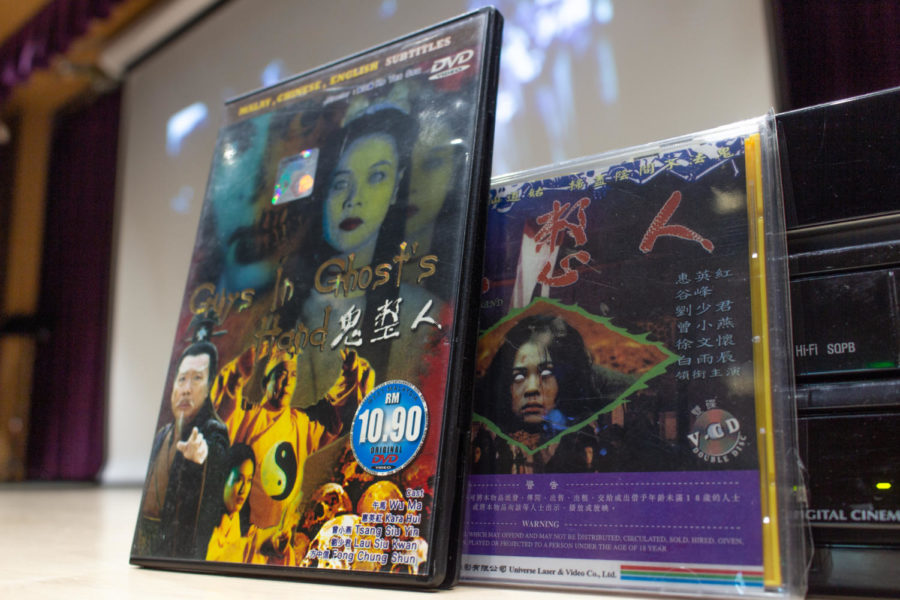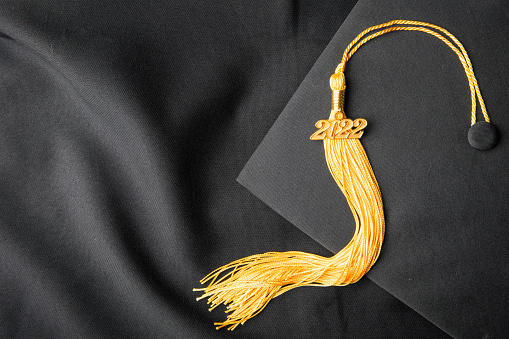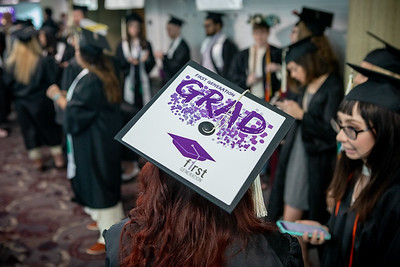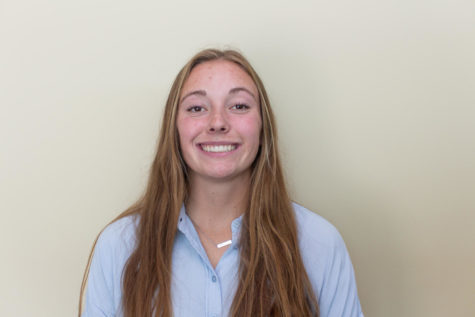As part of Brain Awareness Week, Weber State University’s neuroscience program hosted the Build Your Brain event at the Treehouse Museum on March 10 and 12. During this event, children were taught all about the brain, which can be a difficult concept to grasp.
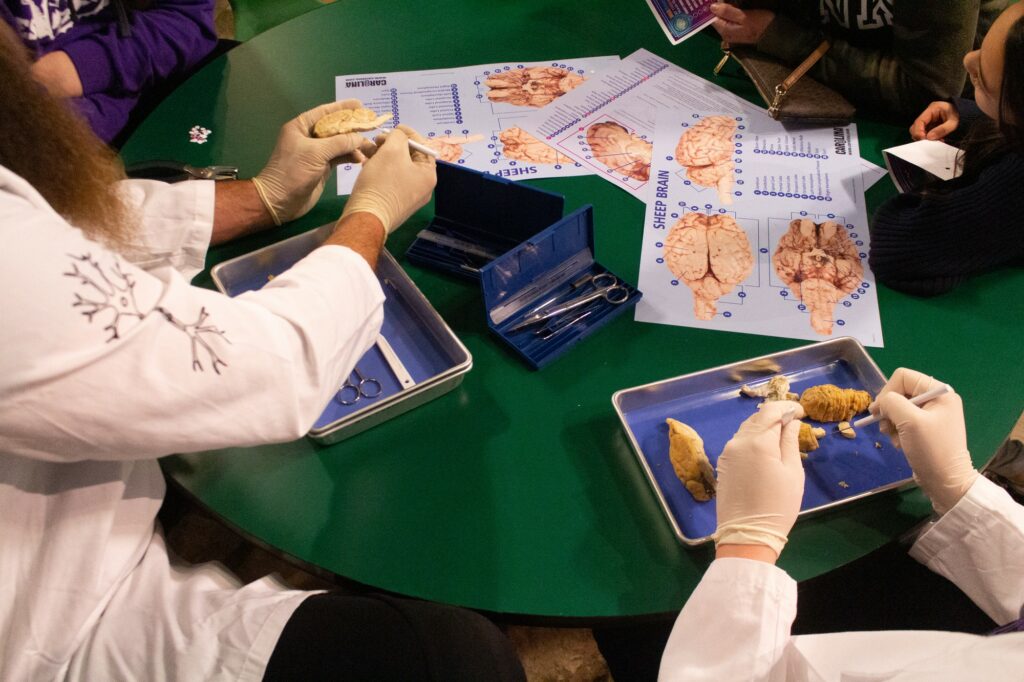
Students from Title I schools could come with free admission to explore the museum and the stations about the brain. This allowed more children to have access to further their learning.
Allyson Barraza, president of the WSU neuroscience club, said they want to help kids understand and learn more about their brains and regulating their emotions.
Aminda O’Hare, director of the neuroscience program, explained that the program received a grant from the Hall Foundation in 2020 to do this event with the Treehouse Museum. However, they had to wait a couple of years due to COVID-19.
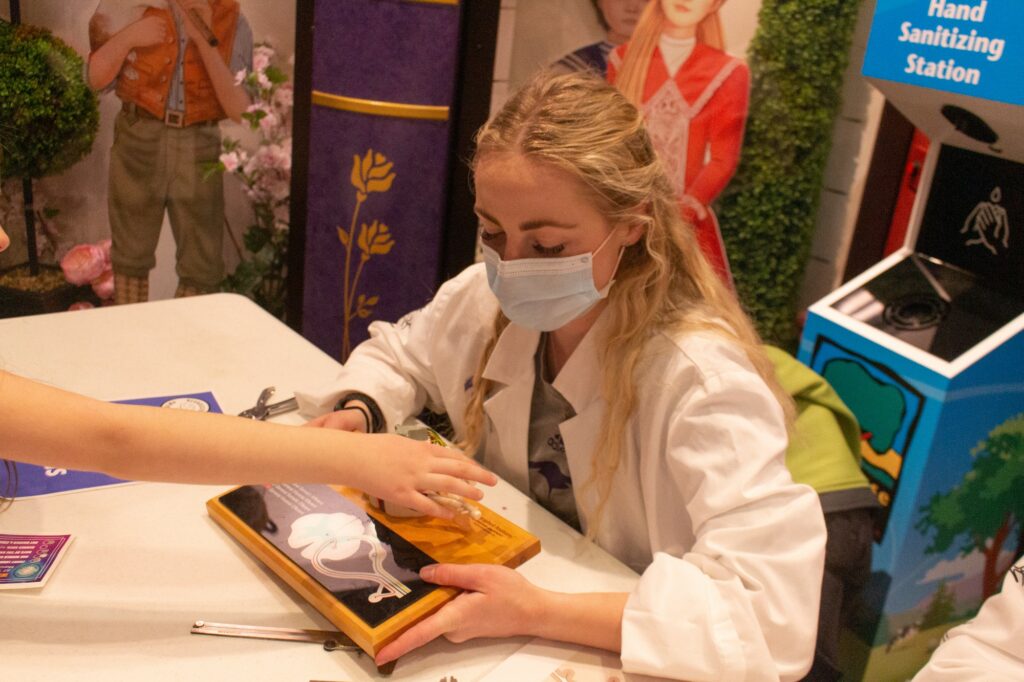
O’Hare said over 480 people came the first night and she was excited about the turnout.
Stations were both hands-on and visual, allowing children to explore the many aspects of the brain.
Some stations allowed the children to touch and feel how the brain sends signals to receptors. Others showed children how to make bracelets that looked like axons that carry the signal out of the cell to the brain.
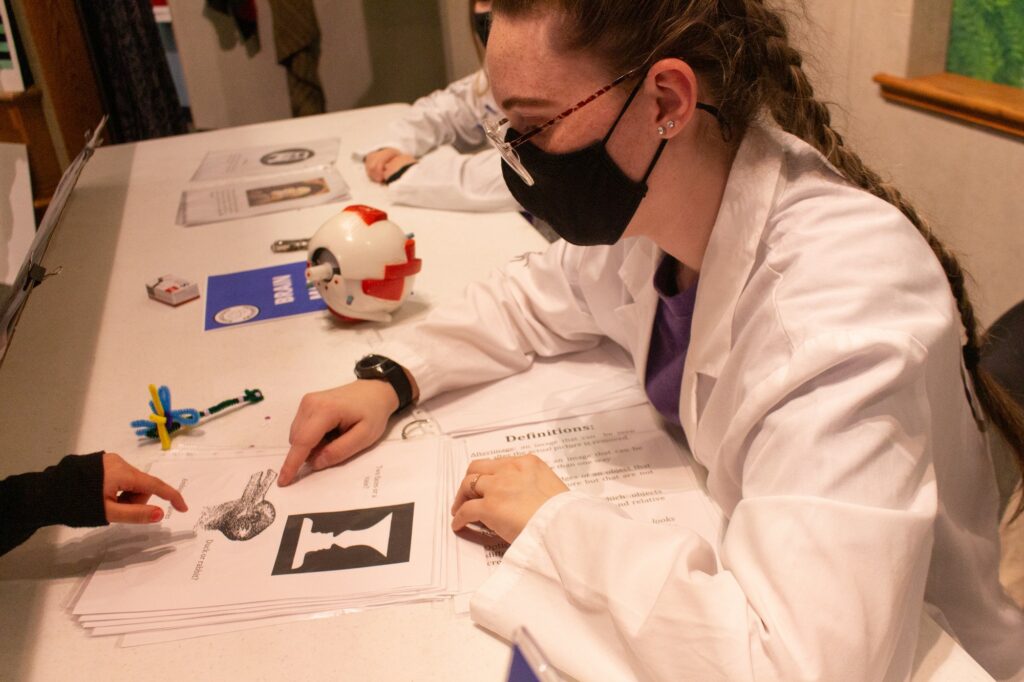
Additionally, there was a real brain showcased at the event for the children to see what the organ looked like, along with a mini-lecture on how to keep the brain safe.
It can be hard to teach children about the brain, but Ashleigh Steed, secretary of the neuroscience club, found a way to do it.
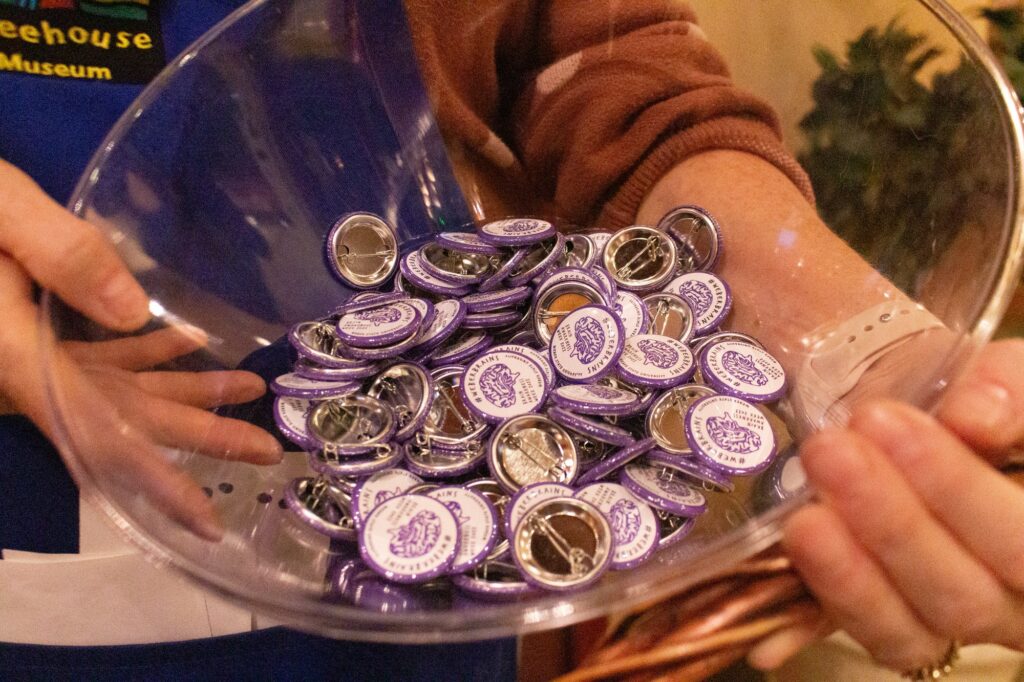
“The best approach yesterday was asking kids what they knew about the brain and building off of that and finding a common ground to engage with them,” Steed said.
Children were running from station to station, excited to see what their brains looked like and see the optical illusions that could trick their brains.
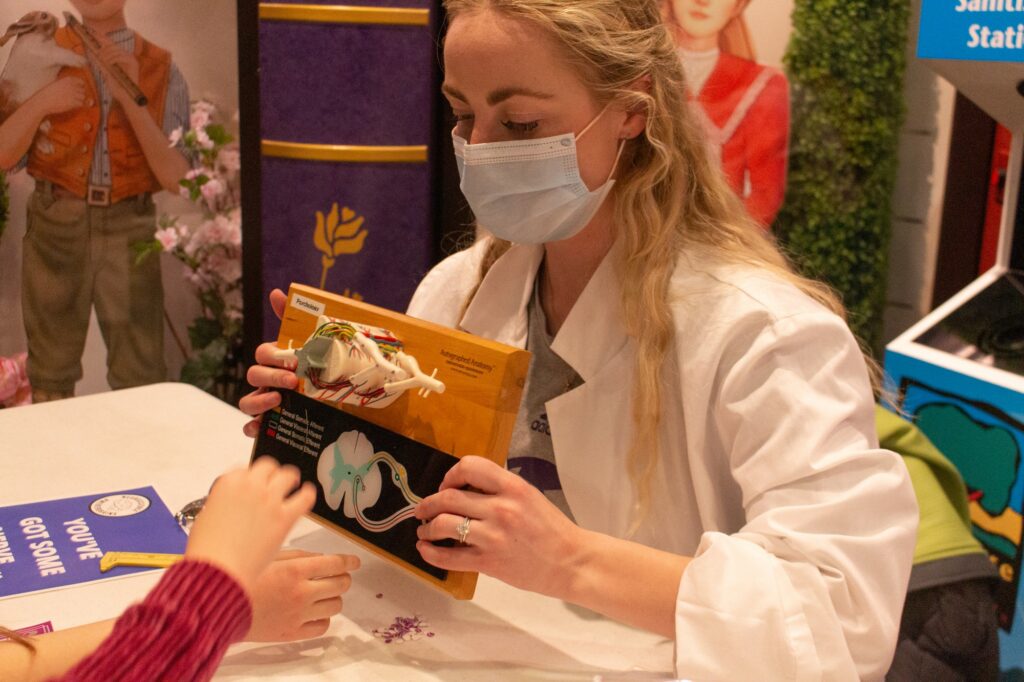
The event at the Treehouse Museum brought more awareness to the children, letting them learn a little more about the importance of their brain and the things it can do and open their eyes to an opportunity to go into neuroscience.



